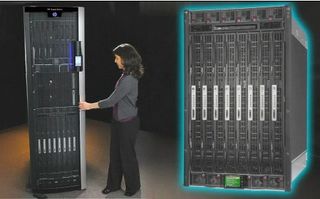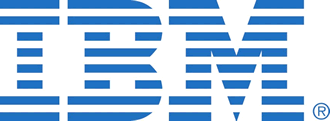 Ahead of the breakup of the company, HP is doing its best to make sure that its big corporate customers do not flee.
Ahead of the breakup of the company, HP is doing its best to make sure that its big corporate customers do not flee.
The maker of expensive printer ink has announced a cunning plan to help retain important customers by allowing them to leave behind their Integrity.
HP will offer versions of two computer server lines under H-P’s Integrity moniker—Superdome and NonStop—that will be powered by Intel’s Xeon chips. HP’s Integrity machines now use Intel’s Itanium chips.
HP’s new Superdome model has sockets to plug in 16 Xeon chips and offers nine times the performance of a conventional H-P system with eight Xeon chips, the company said. H-P has developed accessory chips and software to speed up communications between chips and improve reliability.
Revenue from these “business-critical” servers, declined 29 percent in the quarter ended in October over a year earlier. However, Superdome and NonStop servers are still used by banks, telecommunications carriers and other companies particularly concerned with reliability.
Integrity only made $929 million in revenue in the fiscal year ended October 31, which was nothing compared to the $12.5 billion generated from more popular x86 servers.
HP needs to keep these customers sweet because they buy software, services and other hardware from H-P that hinges on the applications running on the Superdome and NonStop machines.
Under the plan HP will keep developing Itanium-based systems but will help its clients move Intel’s mainstream Xeon technology.
Intel, which introduced its last Itanium model in late 2012, has disclosed plans for a successor, which is code-named Kittson. The chipmaker hasn’t said when that product will arrive nor described models it may develop after that.
For Superdome, HP is encouraging customers to move to the Linux operating system or other software. HP is porting NonStop software to run on Xeon chips. The company is offering services to help customers migrate to the new technology in both cases.









